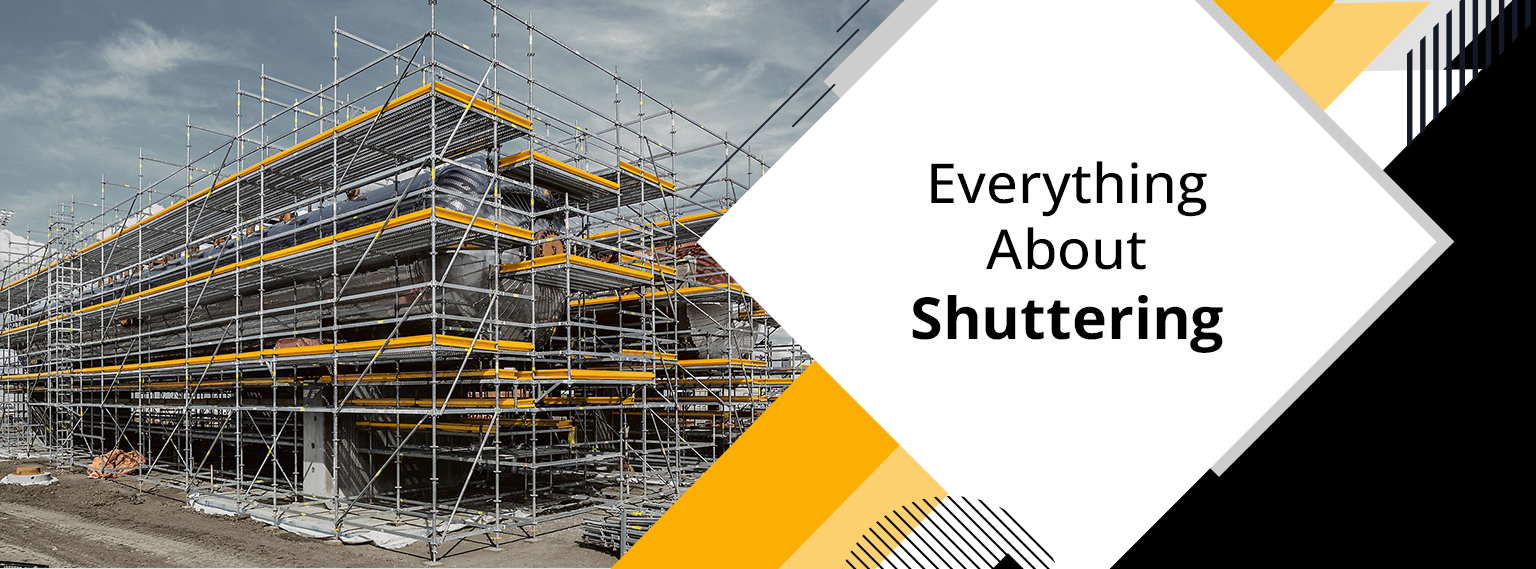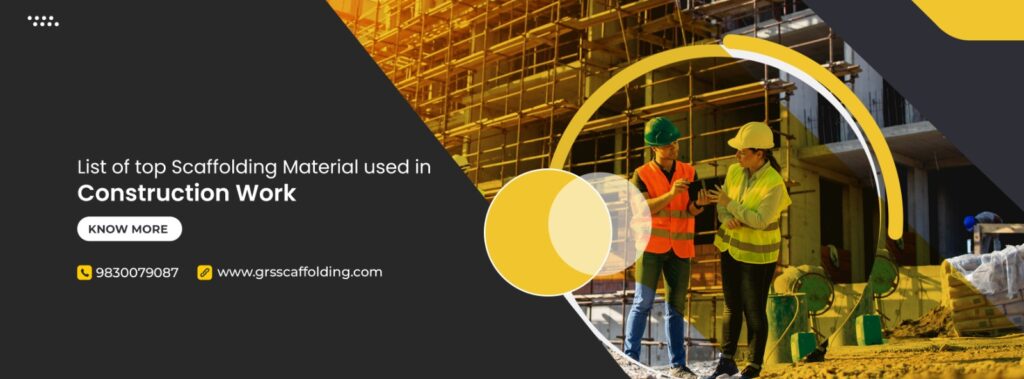Have you ever wondered how concrete can be molded into so many different shapes? Not only this, the shape is pretty durable and solid to last pretty long. All of this is done with the help of formwork or specifically shuttering.
It is a temporary mold that provides the concrete with the desirable shape after being poured into it. This process has a crucial role to play in construction. It holds the concrete its shape until the material gains enough strength through hardening to be on its own.
Traditionally, the shuttering was fabricated using timber, but that is no longer the case. Today, most temporary molds are made from glass fiber reinforced plastics, steel, or other solid materials.
Requirements That Need To Be Satisfied
Shuttering or framework is a delicate job that demands precision. The more precise you are, the better the size and shape of the concrete. Thus, you have to be cautious while carrying out this activity. Here are the requirements a good formwork needs to satisfy:
- Formwork’s material needs to be cheap and re-usable.
- It has to be waterproof-otherwise all the water from concrete will be absorbed.
- Both the shrinking and swelling need to be minimal.
- It must be strong enough to tolerate all the load put on it. The load includes the live load (while the concrete is being poured, compacted, and curing) and the dead load of the concrete.
- To have the minimum deflection, shuttering has to be pretty stiff.
- It should be light, and the surface needs to be smooth.
- The joints must be leakproof and stiff to ensure minimum lateral deformation under the excessive load.
- Non-yielding support should be required for the formwork to rest upon.
Types Of Shuttering
Shuttering has been classified into two types. The first one is based on the material used throughout the process, and the other is on the basis of the technique adopted to complete the process.
- Based On Material – Since the mold is made of different materials, the first classification category is the material used.
- Plywood shuttering – When asked about the widely used material for shuttering, the answer is always plywood. The shuttering board is made by using it with batten.
- Timber shuttering – Tiber shuttering is limited to local or general construction. You will not see it in any large projects. In this method, timber logs and lumbers are the materials used. Though there is one downfall, these shutters cannot provide you with an even or smooth surface.
- Steel plate shuttering – Now the commonly used and preferred materials are steel plates. The primary reason behind their usage is the excellent durability of the plates.
- Aluminum shuttering – If you are looking for lightweight shutters that still provide you with an even and smooth concrete surface, aluminum shuttering is the one you need.
- Plastic shuttering – Plastic shutters have not been in use for a very long time. But, these are the options that are gaining popularity due to being durable and lightweight. The plastic shutters use GRP or glass-reinforced plastics for construction.
- Magnesium board shuttering – Another pretty lightweight material that gives a smooth and even concrete surface. Additionally, magnesium boards are eco-friendly, making them suitable to use in green buildings.
- Based On Technique Used – Since shuttering is not limited to constructing a single structure, it follows various ways to adjust according to the need. Here are those techniques that divide the shutting process into three kinds.
- Standard Shuttering – The very first kind of technique is the standard one. It is the conventional formwork used in almost all construction works.
- Maivan Shuttering – As the name indicates, Maivan shuttering is a unique type of shuttering work for buildings with a typical floor plan. In this process, the internal and external structures and the slabs are all made with RCC. The significant advantage of this type of shutter is that it takes very little time to complete a building structure.
- Slipform – Unlike the two aforementioned techniques, this one is specifically applicable to large vertical structures. Chimneys, water tanks, or other vertical structures require this mechanized shuttering form. The whole structure completes at once using this form. It is mechanized as a hydraulic jack that lets the shutters go to upper levels once a level completes.
Conclusion
Shuttering is a crucial activity that holds an important place in the construction process. Hopefully, the earlier data helped you know the essential details regarding this specific process.

